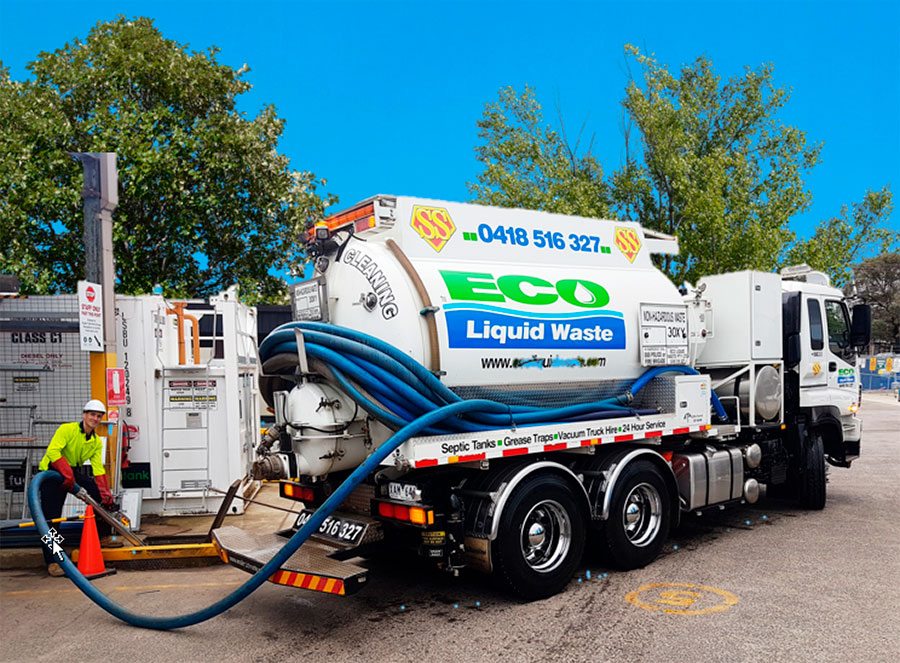The Definitive Guide to Reclaim Waste
Table of ContentsSome Known Incorrect Statements About Reclaim Waste The Ultimate Guide To Reclaim WasteUnknown Facts About Reclaim WasteSome Ideas on Reclaim Waste You Need To KnowIndicators on Reclaim Waste You Should Know
Check out the kinds, incidents, and forms of liquid waste. Domestic sewage waste refers to the waste and items from a property septic system. This sort of waste is produced by human beings in residences, schools, and various other buildings. This only consists of septic systems that have a drain field. The correct monitoring and disposal of residential sewage waste call for fluid waste to be moved to a sewer treatment plant where the correct approaches and devices are related to cleanse and get rid of waste.
Commercial waste commonly includes possible hazards, such as flammable products or a blend of fluid and strong waste products, and requires an advanced and comprehensive disposal process. The disposal of industrial waste generally entails the filtration of waste prior to transportation to make sure safe and appropriate disposal. Hazardous waste is created from byproducts and runoff of commercial processes and production.
This sort of waste can not make use of the same sewage administration transportation or procedures as septic or business fluids. The commercial waste monitoring procedure requires the evaluation and testing of fluid waste before it undertakes the disposal procedure (liquid waste disposal). Overflow waste is the fluid waste that originates from overflow and excess stormwater in very inhabited areas or cities
Overflow waste can cause contamination and flooding if not handled correctly. Making certain proper waste monitoring can protect against disasters and decrease environmental damage.
The Greatest Guide To Reclaim Waste
Get in touch with PROS Solutions today to learn more about our waste management and disposal services and the proper means to take care of the fluid waste you generate.
(https://reclaimwaste1.creator-spring.com)This so-called 'wastewater' is not only an essential resource however, after treatment, will be launched to our land, waterways or the ocean. Utilized water from commodes, showers, bathrooms, cooking area sinks, laundries and industrial processes is understood as wastewater.

water used to cool machinery or tidy plant and tools). Stormwater, a type of wastewater, is runoff that flows from farming and metropolitan locations such as roofing systems, parks, yards, roads, paths and seamless gutters into stormwater drains pipes, after rain. Stormwater moves unattended straight to local creeks or rivers, ultimately getting to the ocean.
Fascination About Reclaim Waste
In Queensland, a lot of wastewater is dealt with at sewage treatment plants. Wastewater is delivered from domestic or industrial websites with a system of sewers and pump terminals, called sewerage reticulation, to a sewage treatment plant. Neighborhood federal governments construct, maintain and run most sewer treatment plants. Operators are accredited under the Environmental Management Act 1994 to discharge treated wastewater at an acceptable environmental standard into rivers.
The Division of Natural Resources recommends neighborhood federal governments concerning managing, operating and maintaining sewage systems and therapy plants. In unsewered areas, city governments may need homeowners to set up private or family sewer therapy systems to treat residential wastewater from commodes, kitchen areas, shower rooms and washings. The Division of Natural Resources authorises using house systems when they are confirmed to be effective.
In some new communities, treatment of some stormwater to remove trash, sand and crushed rock has begun making use of gross contaminant catches. Wastewater therapy occurs in four phases: Removes strong issue.
Wastewater after that flows into large storage tanks where solids clear up and are gotten rid of as sludge. Oil and residue go to this web-site are skimmed from the surface area. Utilizes tiny living microorganisms called micro-organisms to break down and get rid of continuing to be dissolved wastes and great bits. Micro-organisms and wastes are incorporated in the sludge. Gets rid of nitrogen and phosphorus nutrients that could trigger algal blooms in our waterways and threaten aquatic life.
Some Of Reclaim Waste
Nutrient elimination is not available at all sewer therapy plants due to the fact that it needs expensive specialized equipment. Clear liquid effluent created after therapy may still include disease-causing micro-organisms - liquid waste removal.

Most wastewater streams into the sewage system. Under the Act, regional governments provide approvals and licences for environmentally appropriate activities (Periods) involving wastewater launches that could have a neighborhood influence.
All About Reclaim Waste
Tracking gives valid information concerning water high quality and can confirm that licence conditions are being satisfied. The details obtained via tracking gives the basis for making water top quality decisions.